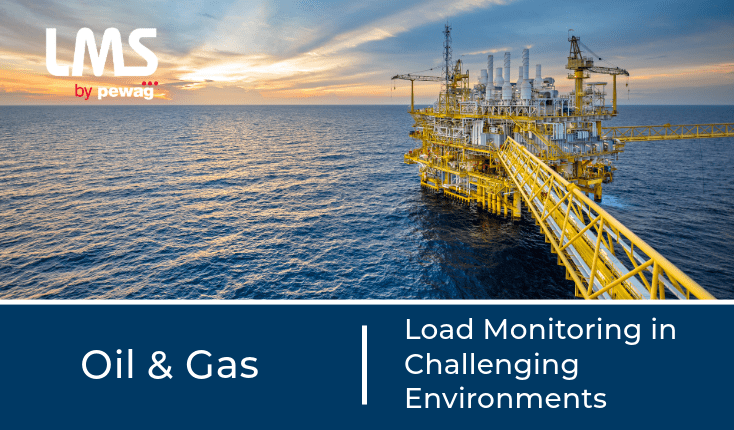Enhancing Safety in Oil & Gas with Load Monitoring Solutions
In the high-risk environment of oil and gas operations, lifting, towing, mooring, and structural tensioning all carry the potential for critical failure if loads are not accurately monitored. To address these risks, engineers and safety professionals increasingly rely on precise load monitoring solutions—particularly in offshore and subsea contexts where dynamic conditions make traditional static calculations insufficient.
Understanding the Need for Load Monitoring in Oil & Gas
Whether during topside lifting, subsea cable laying, or anchor handling, load-bearing components are subject to fluctuating and often unpredictable forces. Unmonitored or improperly balanced loads can lead to structural failure, equipment damage, or serious safety incidents.
This is where dynamic load monitoring becomes essential. Unlike static systems, dynamic monitoring captures real-time variations in force, allowing operators to respond immediately to unexpected changes. These systems support informed decision-making, reduce the likelihood of overload conditions, and improve operational control across complex lifting and transport operations.
Load Pin Shackles in Challenging Environments
A load pin shackle combines a traditional lifting shackle with an integrated load-sensing pin, allowing it to measure tensile forces directly within the rigging setup. Load pin shackles are especially valuable where limited headroom or complex geometries prevent the use of traditional load links or external sensors.
Key applications in oil and gas include:
Anchor and mooring systems
Subsea installation & commissioning
Crane and winch monitoring
Decommissioning operations
By integrating signal conditioning and wireless telemetry, modern load pin shackles provide accurate force measurements (typically within 1% accuracy) in real-time, even in corrosive offshore or subsea environments. Variants can be designed for ATEX zones or adapted for deepwater installations.
Benefits of Dynamic Load Monitoring
Traditional load calculations or static indicators fall short in dynamic marine and offshore environments where forces fluctuate constantly due to weather, vessel movement, or variable payloads. Dynamic load monitoring systems use embedded sensors and telemetry to track these forces as they evolve.
Advantages include:
Real-time feedback for crane and winch operators
Overload detection and automated alerts
Improved balance and alignment during complex lifts
Data traceability for safety audits and regulatory compliance
These systems are particularly useful in subsea applications, such as tensioning during cable laying or real-time load control in remotely operated lifting systems.
System Logging for Compliance and Analysis
A critical aspect of any load monitoring solution is the ability to record and analyse performance data. System logging tools capture time-stamped load data, which can be used for trend analysis, incident investigation, or compliance documentation.
Advanced logging systems typically include:
Multi-device monitoring (up to 100 load points)
JSON or CSV data export for integration with ERP or logistics systems
Browser-based access via local or remote servers
Visual overload indicators and configurable alerts
This data supports better planning, enables predictive maintenance, and ensures documentation is aligned with international safety standards such as LOLER.
Conclusion
Load monitoring technology is a cornerstone of safe and efficient operations in the oil and gas sector. From load pin shackles designed for harsh environments to dynamic load monitoring systems that adapt to real-world conditions, these tools enhance situational awareness and reduce the risk of failure. When combined with robust system logging, they form a data-rich foundation for smarter, safer lifting and tensioning practices.
As the industry continues to push further offshore and deeper underwater, the role of real-time, precision load monitoring will only become more vital.

